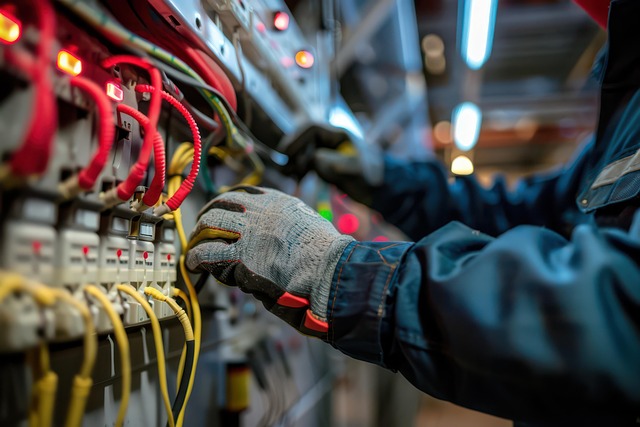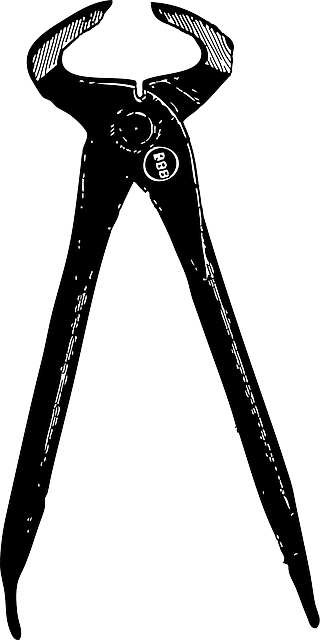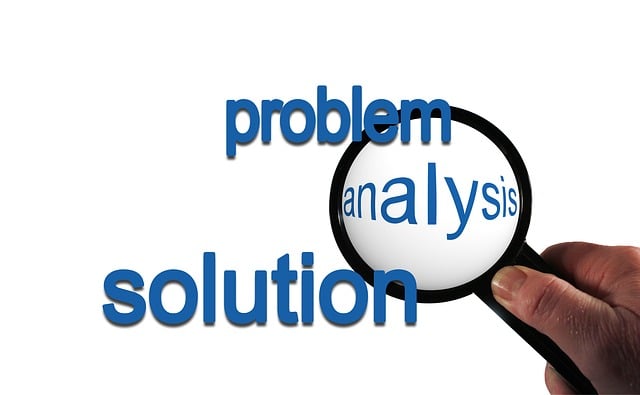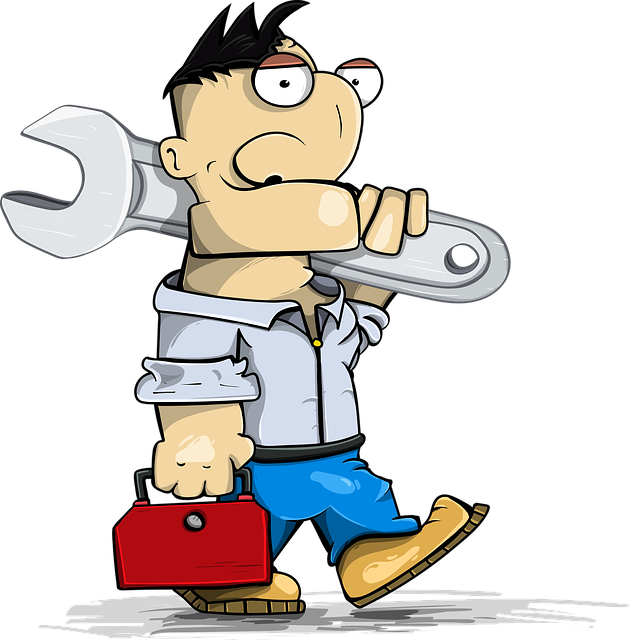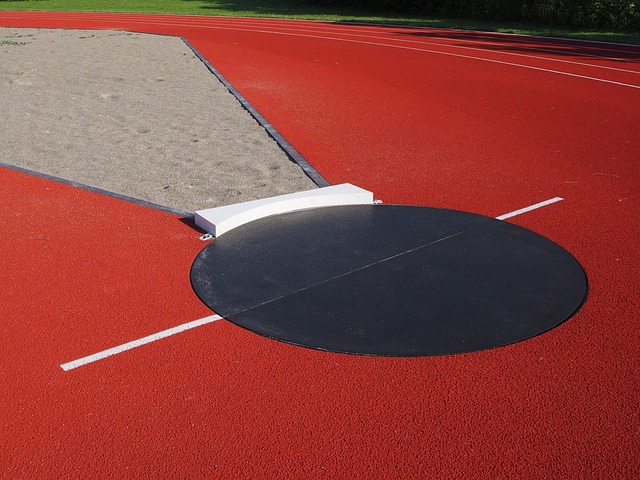An insurance adjuster liaison acts as a bridge between policyholders and insurers post-vehicle accidents, simplifying claims processes, estimating repairs, and negotiating settlements. While they speed up financial outcomes and restoration, this role demands significant time and focus on administrative tasks, potentially delaying other activities. In the digital age, tech-driven innovations like data analytics, AI, and machine learning are transforming these processes, enhancing customer satisfaction and accuracy while evolving the traditional responsibilities of an insurance adjuster liaison.
In today’s competitive market, understanding the value of an insurance adjuster liaison is crucial. This article delves into the evolving role of these professionals and explores whether investing time in this process remains beneficial. We’ll examine both the advantages and drawbacks, dissecting modern trends that are reshaping the effectiveness of insurance adjuster liaison practices. By the end, you’ll have a clear picture of whether this strategy is still worth your time.
- Understanding the Role of Insurance Adjuster Liaison
- Pros and Cons of Investing Time in This Process
- Modern Trends Shaping the Effectiveness of This Practice
Understanding the Role of Insurance Adjuster Liaison
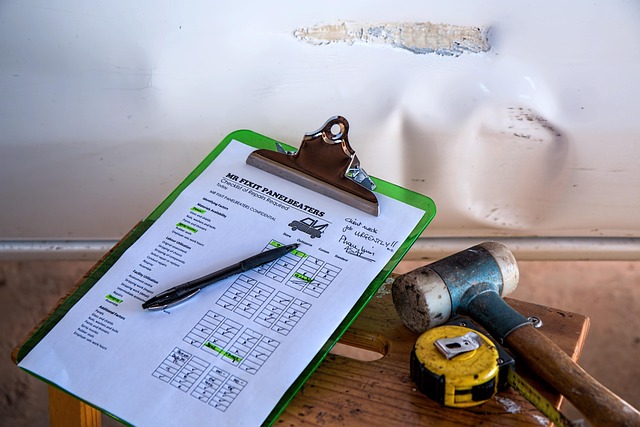
The role of an insurance adjuster liaison is a critical yet often overlooked aspect in the process of handling insurance claims, especially after accidents involving vehicles. This professional acts as a bridge between the policyholder (often an individual involved in a car crash) and the insurance company. Their primary duty is to guide and support clients through the complex web of insurance procedures, ensuring they receive fair compensation for their vehicle’s damage.
An insurance adjuster liaison plays a pivotal role in facilitating communication between the client and the insurer, especially when dealing with a collision repair center or vehicle body shop. They help estimate repairs, assess damages, and negotiate with the insurance company on behalf of the policyholder. This process is crucial, as it can impact the overall claim settlement amount and the time taken to restore the vehicle to its pre-accident condition, be it at a top-notch collision repair center or a trusted vehicle bodywork shop.
Pros and Cons of Investing Time in This Process

Investing time in an insurance adjuster liaison can have both advantages and drawbacks, especially for individuals navigating claims processes after accidents or damage to their vehicles. One of the primary benefits is that it ensures a direct line of communication with the insurance company, which can be invaluable during what can often be a confusing and stressful period. An adjuster liaison acts as an intermediary, helping policyholders understand their coverage, file claims efficiently, and ensure all necessary documentation is in order. This process can significantly speed up repairs or replacements for vehicle bodywork, dent removal, or other damage, providing peace of mind to those affected by unexpected events.
However, devoting time to this liaison comes at a cost. It requires individuals to allocate their energy and focus on what might be perceived as administrative tasks, potentially delaying other important post-accident activities. There’s also the risk of miscommunication or misinterpretation during discussions with adjusters, which could lead to delays in claim approval or dissatisfaction with the outcome. Moreover, some policyholders may feel that relying heavily on a third party detracts from their ability to advocate for themselves and makes them less in control of the process, particularly when it comes to decisions regarding repairs or replacements like car dent repair.
Modern Trends Shaping the Effectiveness of This Practice

In today’s digital age, the role of an insurance adjuster liaison is undergoing a subtle yet significant evolution. Traditional practices are being challenged by modern trends that demand a more agile and tech-savvy approach. The rise of advanced data analytics and digital documentation has streamlined many aspects of the claims process, making it faster and more efficient. This shift has led to improved customer satisfaction as policies become easier to understand and claims are settled quicker.
Moreover, with emerging technologies like AI and machine learning, processes like damage assessment—which traditionally relied heavily on adjuster expertise—are now aided by automated tools. These innovations can assist in tasks such as identifying dents and calculating repair costs, including estimates for bumper repair and car body restoration. This not only reduces the time spent on each claim but also enhances accuracy, ensuring that policies are fairly applied and customers receive appropriate compensation. As a result, while the core principles of insurance adjuster liaison remain relevant, the method of execution is evolving to keep pace with these modern trends.
In today’s dynamic insurance landscape, understanding the role of an insurance adjuster liaison is more crucial than ever. While the process may present both advantages and disadvantages, staying informed about modern trends ensures its effectiveness. By streamlining communication and facilitating efficient claim resolutions, insurance adjuster liaison remains a valuable asset in navigating complex claims scenarios. As professionals, recognizing when to invest time in this process and leveraging its benefits can significantly enhance customer satisfaction and business outcomes.

